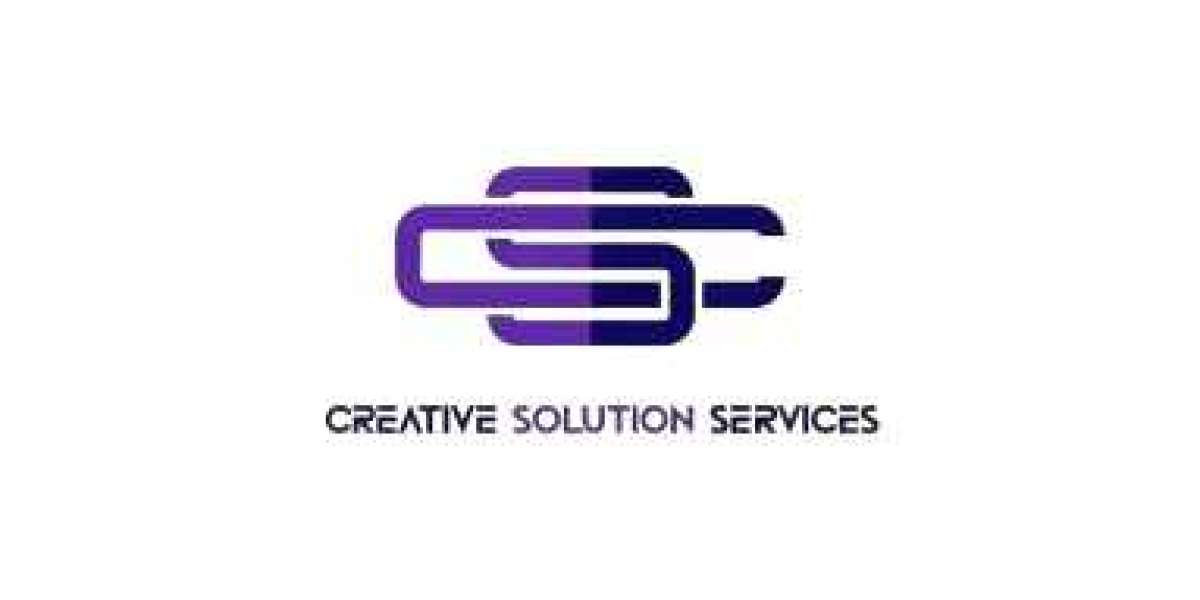The rise of additive manufacturing has transformed industries by enabling complex geometries, reduced waste, and customized production at unprecedented speeds. Among these innovations, 3D printing metal precision has emerged as a game-changer for manufacturing applications where strength, durability, and accuracy are critical. From aerospace to medical devices, achieving high precision in metal 3D printing can mean the difference between success and costly errors.
However, precision does not come automatically; it requires a clear understanding of the technology, the right materials, and meticulous planning. In this article, we will explore expert tips for maximizing 3D printing metal precision in your projects. These insights cover essential aspects such as material selection, design optimization, calibration, environmental controls, and post-processing techniques. By following these best practices, you can achieve flawless results and fully leverage the potential of metal 3D printing.
Choose the Right Metal and Powder Quality for Optimal Precision
The foundation of achieving 3D printing metal precision begins with the choice of material. Different metals and alloys behave differently during the additive manufacturing process. For instance, stainless steel offers excellent corrosion resistance and strength, while titanium provides superior strength-to-weight ratios, making it ideal for aerospace and medical applications. Understanding the specific requirements of your project is essential before selecting the appropriate metal. Factors like melting point, thermal expansion, and flowability all affect print accuracy.
Additionally, powder quality is a critical factor in determining the precision of the final product. Using high-quality metal powders with uniform particle size distribution ensures consistent layer deposition, minimizing defects such as porosity and rough surfaces. Poor-quality powders can lead to incomplete fusion and dimensional inaccuracies, significantly reducing part strength. To maximize results, always source certified powders and store them properly to avoid contamination or moisture absorption, which can compromise print integrity.
Optimize Design for Additive Manufacturing
One of the most common mistakes engineers make is applying traditional design principles to 3D printing projects. To achieve the highest 3D printing metal precision, designs must be tailored for additive manufacturing. This involves accounting for factors like shrinkage, support structures, and build orientation. For instance, parts with overhangs may require supports that can impact surface finish if not carefully planned. Utilizing design for additive manufacturing (DfAM) techniques helps minimize these issues and ensures precise output.
Another essential aspect of design optimization is simplifying geometries where possible while maintaining functionality. Complex shapes can be printed accurately, but they often require more processing time and can increase the chances of warping. By optimizing the part layout and reducing unnecessary complexities, you can achieve faster builds with better precision. Leveraging advanced CAD software with simulation tools can help predict deformation and stress distribution, enabling proactive adjustments before printing begins.
Ensure Proper Calibration and Machine Maintenance
Even the best designs and materials can fail if your 3D printer is not correctly calibrated. Achieving high 3D printing metal precision requires regular calibration of key components such as the laser or electron beam, powder bed leveling, and recoater blade alignment. Improper calibration can lead to layer misalignment, surface roughness, and dimensional errors. Establishing a routine maintenance schedule is essential for keeping the machine in optimal condition and ensuring consistent print quality.
Another crucial step is verifying the accuracy of temperature controls within the build chamber. Variations in temperature can cause uneven melting and residual stress, leading to distortions in the printed part. Continuous monitoring and adjustments during the build process can prevent such issues. Investing in automated calibration systems and diagnostic software can also streamline maintenance while reducing human error, ultimately contributing to higher precision and efficiency in your projects.
Control the Printing Environment to Reduce Variability
Environmental factors play a significant role in determining 3D printing metal precision. Elements like humidity, oxygen levels, and temperature can influence the printing process, especially when working with reactive metals like titanium or aluminum. A controlled atmosphere within the build chamber is essential to prevent oxidation and contamination, which can compromise the mechanical properties and accuracy of the final product.
In addition to the build chamber, the surrounding environment of the printing facility must also be considered. Consistent room temperature, minimal vibrations, and proper air filtration systems help maintain stability during the printing process. Implementing an inert gas system, such as argon or nitrogen, can further enhance precision by creating an oxygen-free environment inside the printer. These measures might seem like added expenses, but they significantly reduce variability and ensure that your metal prints meet the highest quality standards.
Leverage Post-Processing for Superior Finish and Accuracy
Even with meticulous planning and execution, achieving ultimate 3D printing metal precision often requires post-processing techniques. Processes like heat treatment, machining, and surface finishing are essential for eliminating residual stresses, improving dimensional accuracy, and enhancing mechanical properties. For example, heat treatment methods such as annealing or hot isostatic pressing (HIP) can relieve internal stresses and close microscopic voids, resulting in stronger and more precise components.
Another critical post-processing step is CNC machining, which ensures that tight tolerances and fine surface finishes are met. While 3D printing can achieve near-net shapes, certain applications, particularly in aerospace and medical industries, demand extremely high precision that only machining can deliver. Surface finishing techniques such as polishing, sandblasting, or electrochemical machining can further improve aesthetics and performance. Combining these post-processing methods with robust printing strategies guarantees a final product that meets or exceeds industry standards.
Conclusion
Maximizing 3D printing metal precision requires a holistic approach that encompasses material selection, design optimization, equipment calibration, environmental control, and post-processing excellence. Each of these factors plays a crucial role in determining the accuracy and performance of the final product. By implementing these expert tips, manufacturers can unlock the full potential of metal additive manufacturing, producing components that are not only precise but also durable, efficient, and cost-effective.







